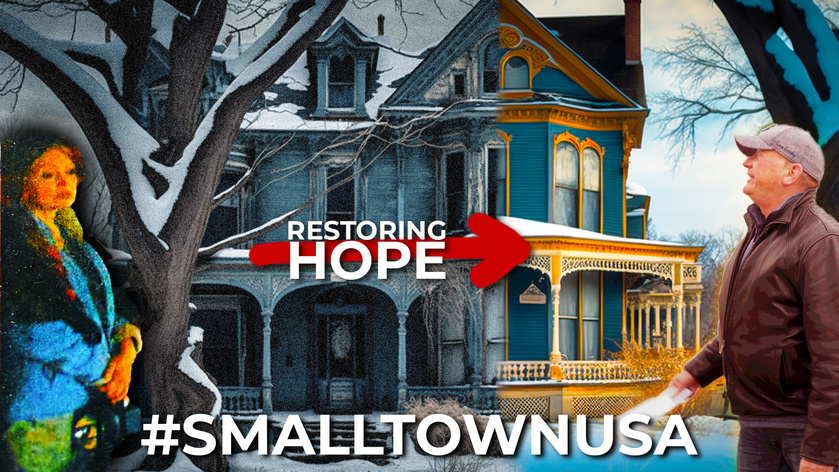
Whenever I go to Mt. Carmel, a small coal-mining town in easter Pennsylvania, I can’t help but admire the abandoned house on the corner of Third and Hickory Streets. It’s a Victorian mansion, overgrown with large yews, skinny wild maples and thick vines. The vegetation is so dense that it completely blocks the walkway, the front porch and the side yard.
The property is surrounded by two granite walls that look like the ramparts of a European castle. The stone outer fencing is crowned with ornate wrought-iron railings that are in need of scraping and painting. This fence encloses the entire yard stretches all way to the garage, some 30 feet from the house. There is a second, inner row of stone walls that encircles the front porch. All the granite and iron in these walls gives the house an imposing presence, and reminds me of a fortress from the 17th Century.
When I think about the overgrown plantings, I realize that there are only three trees that offer any real beauty to the property. On the front left-hand side of the yard is a magnificent magnolia tree that blooms in early spring with feathery purple and white flowers that smell as rich as fine perfume. On the right-hand side, the front porch ends at a stunning white birch, a tree that reminds me of Europe. A flowering dogwood stands in the side yard near the garage. With its silky, vibrant petals, this delightful tree, and the others, offers beauty to the overgrown yard.
Gazing at the house, I am somehow caught up in its gravitational pull. My eyes take in the absolutely unique aspects of the dormers that jut out sharp angles along the roof line. The windows of the first floor curve in a gracious, semi-circular design. The features that appeal to me most are the bejeweled stained-glass windows cut into the left side of the house, and several other rooms on the third floor.
But the structure does have problems.












